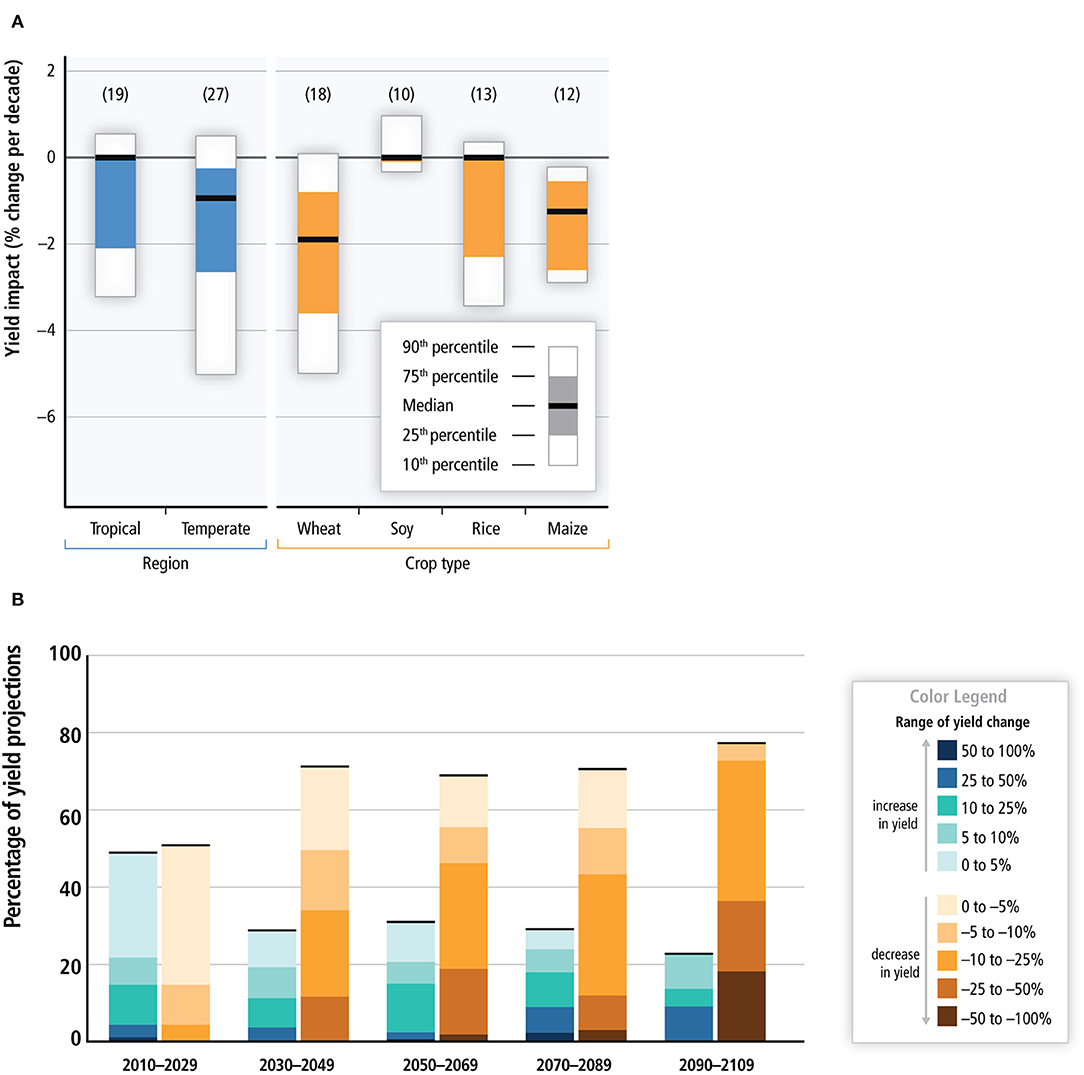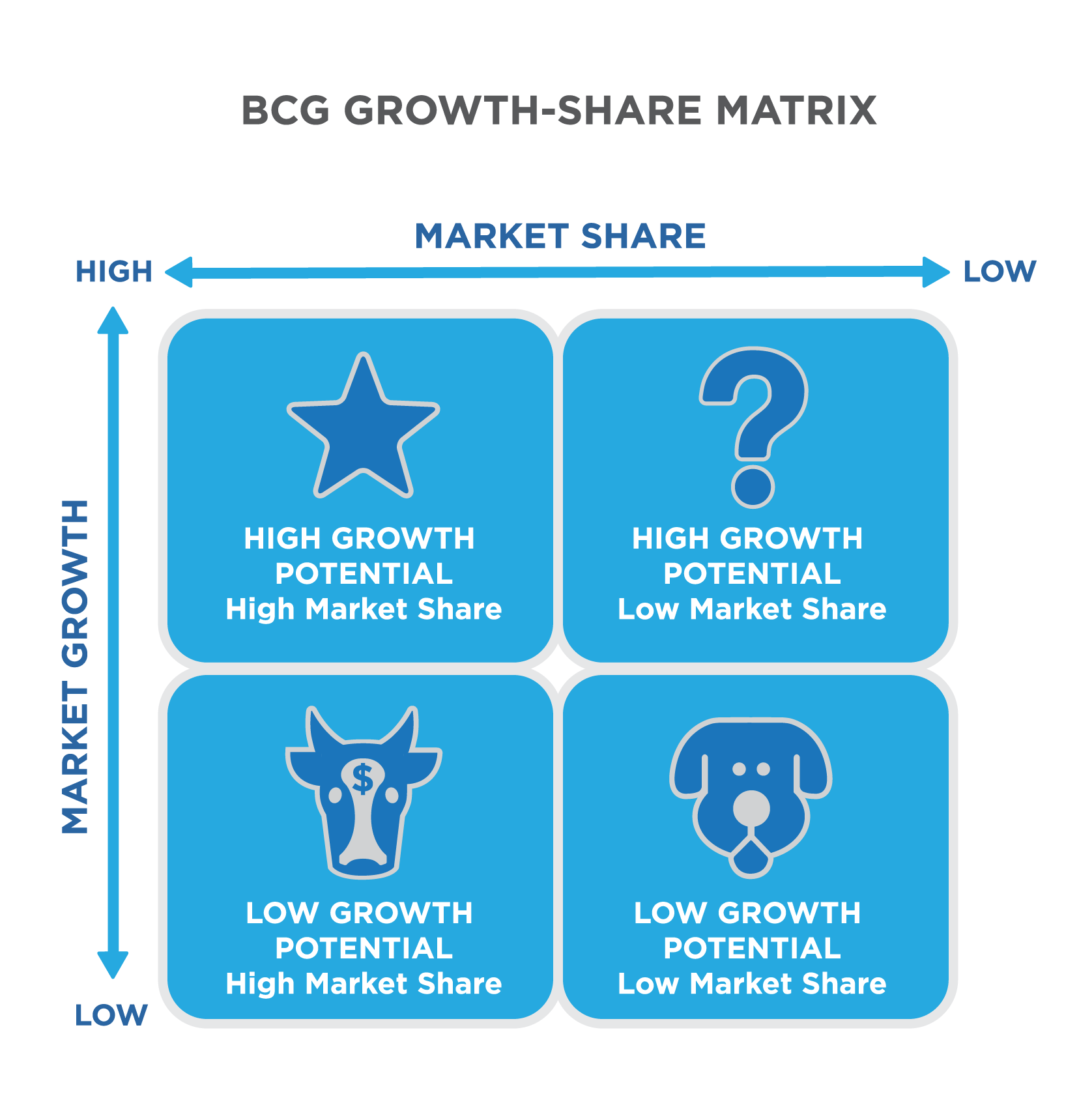Investing in emerging markets can be a lucrative opportunity for those seeking high returns. However, it also comes with its fair share of risks and complexities. That’s where High Yield Emerging Market Exchange-Traded Funds (ETFs) come into play.
These specialized investment vehicles provide investors with exposure to a diverse range of emerging market assets, offering the potential for attractive returns while mitigating some of the inherent risks.
In this article, we will delve into the world of High Yield Emerging Market ETFs, exploring their definition, benefits, key considerations before investing, and even highlight some top funds to consider.
Whether you’re an experienced investor or just starting your investment journey, this article will equip you with valuable insights to make informed decisions in this exciting space.
What are High Yield Emerging Market ETFs?
High Yield Emerging Market ETFs are investment funds that trade on stock exchanges and focus on providing exposure to bonds or stocks from emerging market economies. These ETFs offer investors the opportunity to access a basket of assets from countries such as Brazil, China, India, and South Africa – all poised for rapid economic growth.
Emerging markets represent countries experiencing significant economic growth and industrialization. Investing in these markets offers the potential for high returns due to their rapid growth rates compared to developed economies. However, it is important to consider the associated risks and volatility inherent in these markets.
High Yield Emerging Market ETFs combine the benefits of investing in emerging markets with the potential for generating higher yields. These ETFs include bonds or stocks that offer higher interest rates or dividend payments than those found in developed markets.
Investing in High Yield Emerging Market ETFs provides diversification across countries within an emerging market region, reducing risks associated with individual country exposure. These ETFs also offer liquidity and flexibility, allowing investors to buy and sell throughout the trading day at market prices.
However, it is crucial to note that investing in High Yield Emerging Market ETFs carries risks related to political instability, currency fluctuations, and regulatory changes in the countries they invest in. It is important for investors to conduct thorough research and consider their risk tolerance before investing.
In summary, High Yield Emerging Market ETFs allow investors to access the potential growth of emerging market economies while potentially earning higher yields. These funds provide diversification, convenience, and flexibility but come with risks inherent to investing in emerging markets.
Proper due diligence is necessary before making any investment decisions.
Benefits of Investing in High Yield Emerging Market ETFs
Investing in High Yield Emerging Market ETFs offers diversification and the potential for high returns. These specialized funds provide exposure to a diverse set of assets across various industries and countries within emerging markets, reducing risks associated with individual assets or specific countries.
By investing in these ETFs, investors can capitalize on the higher growth rates often seen in emerging markets compared to developed economies. They also gain access to sectors driving economic expansion, such as technology, consumer goods, and infrastructure development.
This allows investors to benefit from advancements in technology, rising consumer spending, and infrastructure projects happening in emerging market economies. Overall, High Yield Emerging Market ETFs provide a way to diversify portfolios while potentially earning higher returns through exposure to dynamic sectors within emerging economies.
Key Considerations before Investing in High Yield Emerging Market ETFs
Before investing in high yield emerging market ETFs, it’s crucial to understand the associated risks. Political instability, currency fluctuations, regulatory changes, and liquidity concerns can significantly impact investments in these markets.
Evaluate your risk tolerance and investment objectives carefully and be prepared for potential volatility. Thoroughly assess the track record of the ETF, considering historical performance, consistency in returns, expense ratios, fund size, liquidity levels, and management fees.
By considering these factors, you can make informed investment decisions that align with your goals.
Top High Yield Emerging Market ETFs to Consider
Emerging market ETFs provide a chance to invest in developing economies and seek attractive yields. XYZ Fund stands out for its high yield potential through a diversified portfolio of emerging market bonds. With rigorous credit research and risk management, it identifies opportunities across sectors and countries within emerging markets.
XYZ Fund consistently delivers above-average returns compared to peers, thanks to its active management approach. It adapts well to changing market conditions while capturing attractive yield opportunities.
Additionally, the fund prioritizes sustainable investing by considering environmental, social, and governance factors in its investment selection.
Another top contender is ABC Fund, which also offers exposure to high-yield opportunities in emerging markets through a diversified bond portfolio. Its consistent performance makes it a reliable choice for investors seeking growth and income potential.
When considering high yield options in emerging markets, evaluate ETFs based on their strategies, track records, and unique features. Both XYZ Fund and ABC Fund offer compelling choices for investors seeking exposure to emerging economies’ growth with attractive yields.
Conduct thorough research and consider your risk tolerance before making investment decisions.
[lyte id=’B7_xV8ryQx0′]



